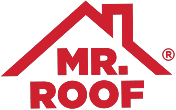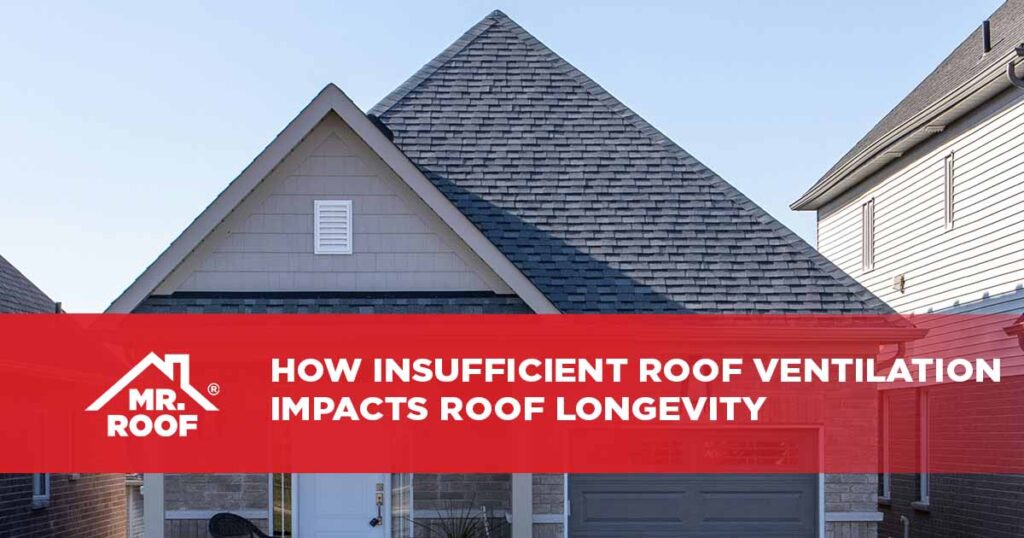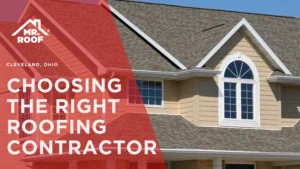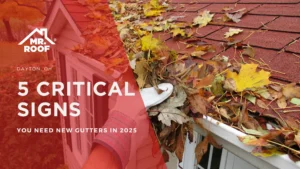Have you ever wondered why some roofs last longer than others? The answer might be right above your head. Roof ventilation plays a crucial role in maintaining the health and longevity of your home’s protective covering. As a homeowner, understanding how proper airflow impacts your roof can save you from costly repairs and extend the life of your roofing materials.
In this article, we’ll explore the importance of roof ventilation and its effect on your roof’s lifespan. You’ll learn about the consequences of inadequate airflow, how to spot signs of poor ventilation, and why working with experienced roofing contractors is essential to maintain a well-ventilated roof. By the end, you’ll have a clear picture of how to keep your roof in top shape for years to come.
Understanding roof ventilation
What is roof ventilation?
Roof ventilation is a system that allows air to circulate through your attic. It’s essential for every home, yet many homeowners aren’t familiar with how it works. The process involves the flow of air through intake and exhaust vents, which helps to regulate temperature and moisture levels in your attic space.
Components of a well-ventilated roof
A well-ventilated roof consists of two main components: intake and exhaust vents. Intake vents are typically located at the edges of the roof, under the soffit or at the drip edge. Exhaust vents, such as ridge vents, are installed at the peak of the roof. These components work together to create a natural airflow system.
Importance of proper airflow
Proper airflow in your attic is crucial for several reasons. It helps to:
- Extend the life of your roof
- Reduce energy costs
- Prevent moisture buildup
- Maintain a comfortable indoor temperature
The stack effect and wind effect are two natural phenomena that drive this airflow. The stack effect occurs when hot air rises, creating higher pressure at the attic’s high points. The wind effect enhances this process, increasing the volume of intake and exhaust.
Consequences of insufficient ventilation
Moisture buildup and mold growth
Insufficient roof ventilation can lead to moisture accumulation in your attic. When warm, moist air from your living spaces rises and becomes trapped, it creates an ideal environment for mold and mildew growth. This can damage stored items and pose health risks to you and your family. The trapped moisture can also cause rust on metal components, weakening critical fasteners and plumbing straps.
Premature aging of roofing materials
Poor ventilation can cause excessive heat buildup in your attic, leading to premature aging of roofing materials. You might notice cracking, curling, or premature loss of granules on your shingles. This heat and moisture combination can reduce your roof’s lifespan by up to 24%, according to some roofing contractors. The damage from heat and moisture severely compromises your roof’s structural integrity.
Structural damage to the roof
Excess moisture can cause your roof decking to warp, sag, or feel spongy. This not only compromises your roof’s integrity but can also be dangerous for anyone walking on it. Over time, trapped moisture can rot wood beams and trusses, affecting your home’s overall structural stability. In winter, inadequate ventilation can lead to ice dams, causing water to back up under the shingles and leading to leaks and further structural damage.
Signs of poor roof ventilation
High energy bills
You might notice a spike in your energy costs due to inadequate roof ventilation. When your attic traps hot air, your HVAC system has to work harder, leading to increased energy consumption. If you’re seeing unexpectedly high bills, it could be a sign that your roof ventilation needs attention.
Ice dams in winter
During winter, poor ventilation can cause ice dams to form on your roof. These occur when heat from your attic melts snow, which then refreezes at the colder eaves. Ice dams can block proper drainage, potentially causing leaks and damage to your roof structure.
Hot or cold spots in the home
Inconsistent indoor temperatures, especially overheating in upper rooms, can indicate poor roof ventilation. You might find that your air conditioning struggles to maintain a comfortable temperature throughout your home. These temperature fluctuations often result from heat buildup in the attic due to inadequate airflow.
Visible damage to roofing materials
Poor ventilation can lead to premature aging of your roofing materials. You might notice shingles curling, buckling, or losing granules. This damage is often caused by excessive heat and moisture trapped in the attic. If you observe these signs, it’s crucial to have your roof ventilation assessed by a professional.
Contact Mr. Roof
If you have concerns about roof ventilation or are ready for a full replacement, contact us today to schedule your free roofing estimate.









